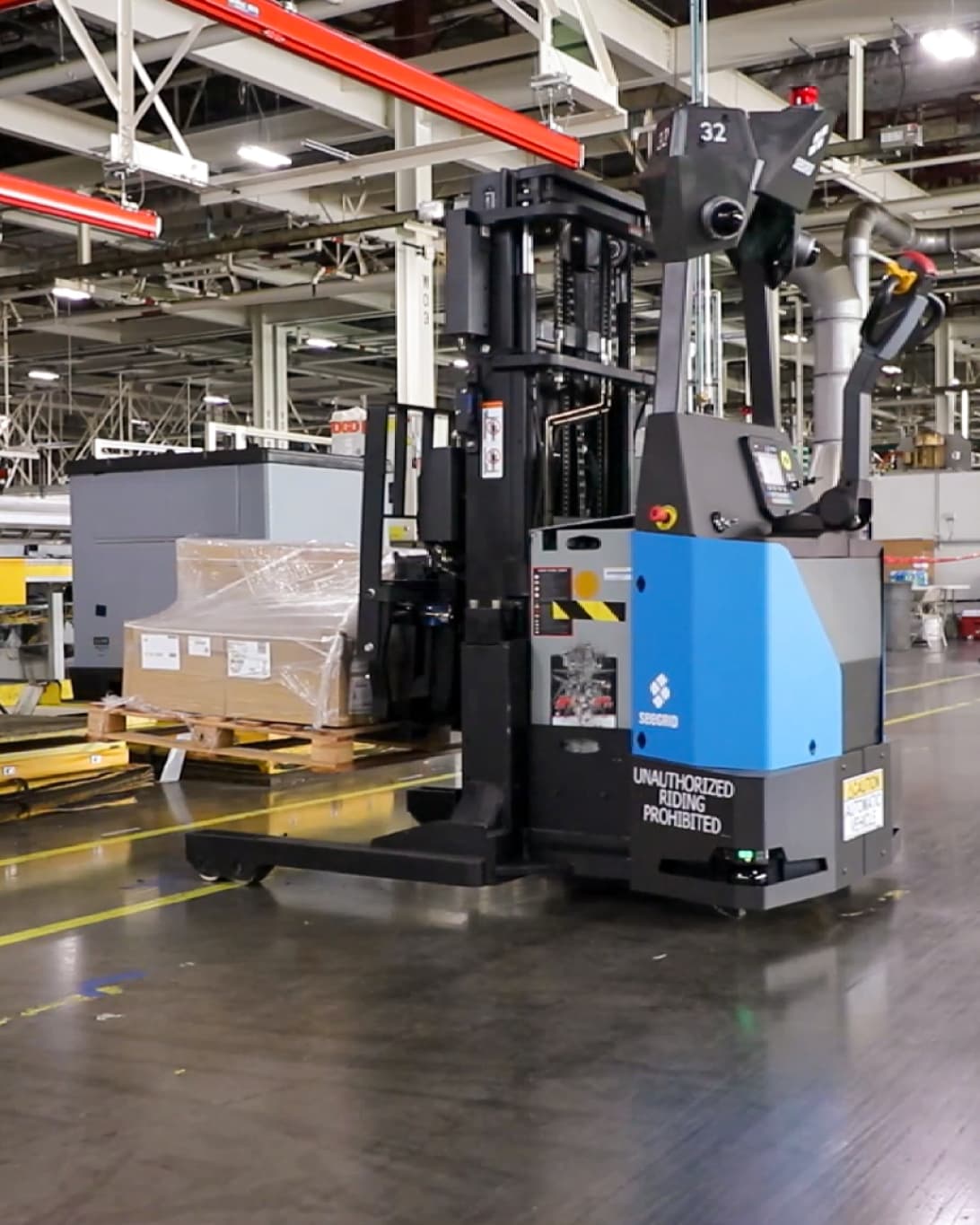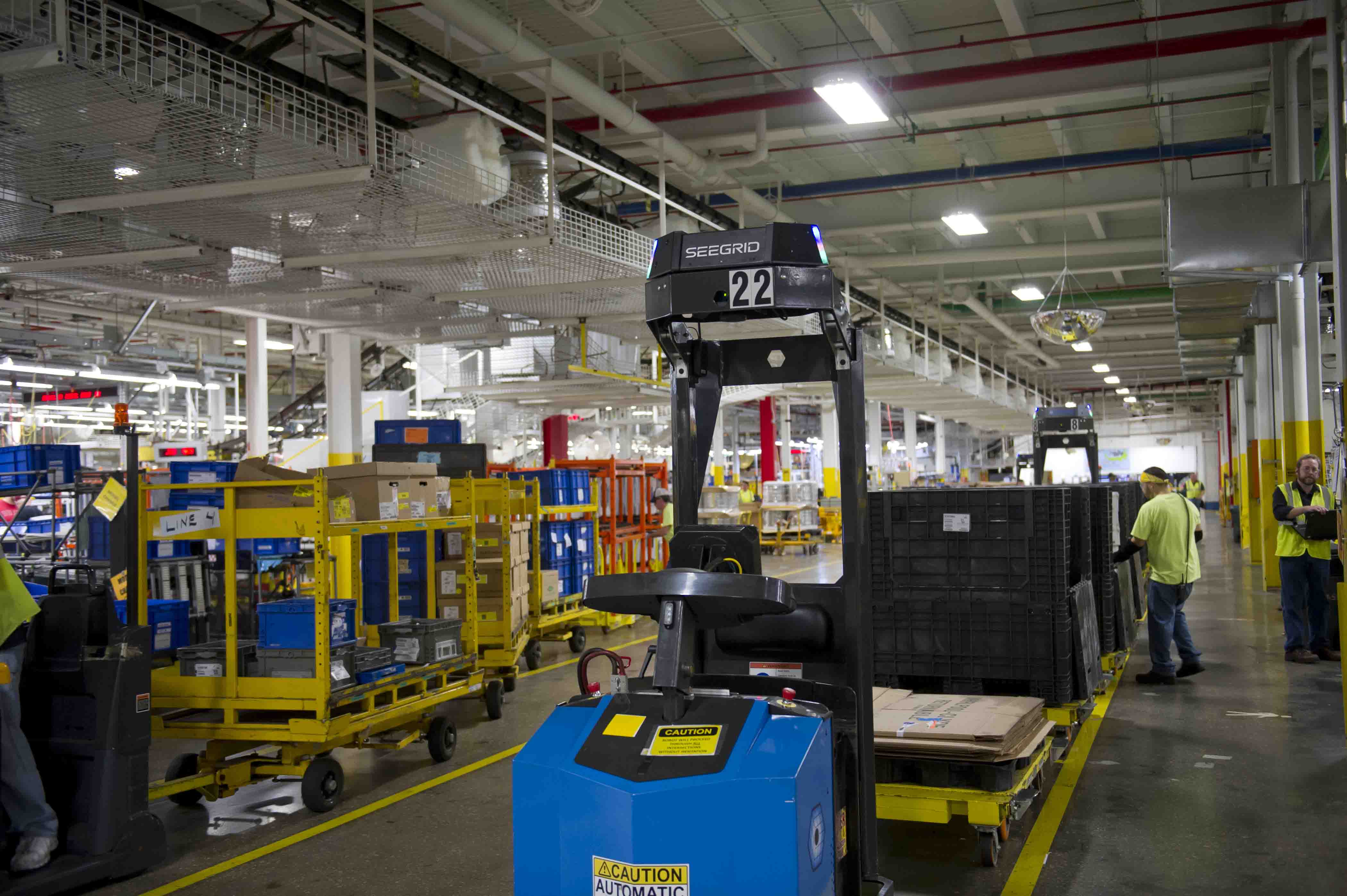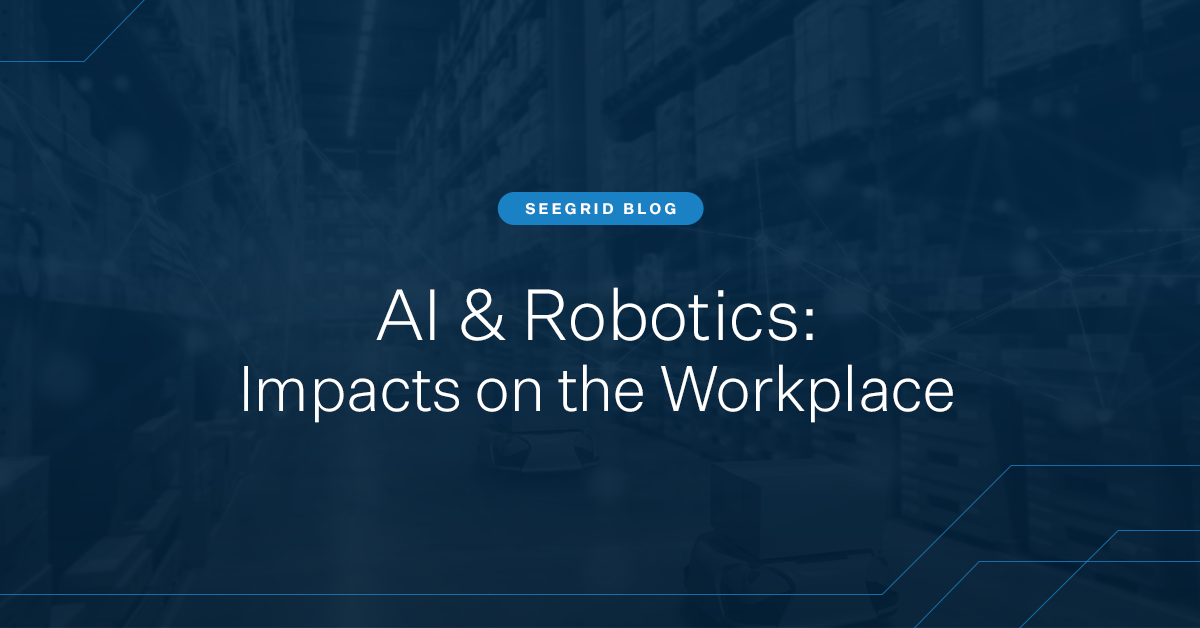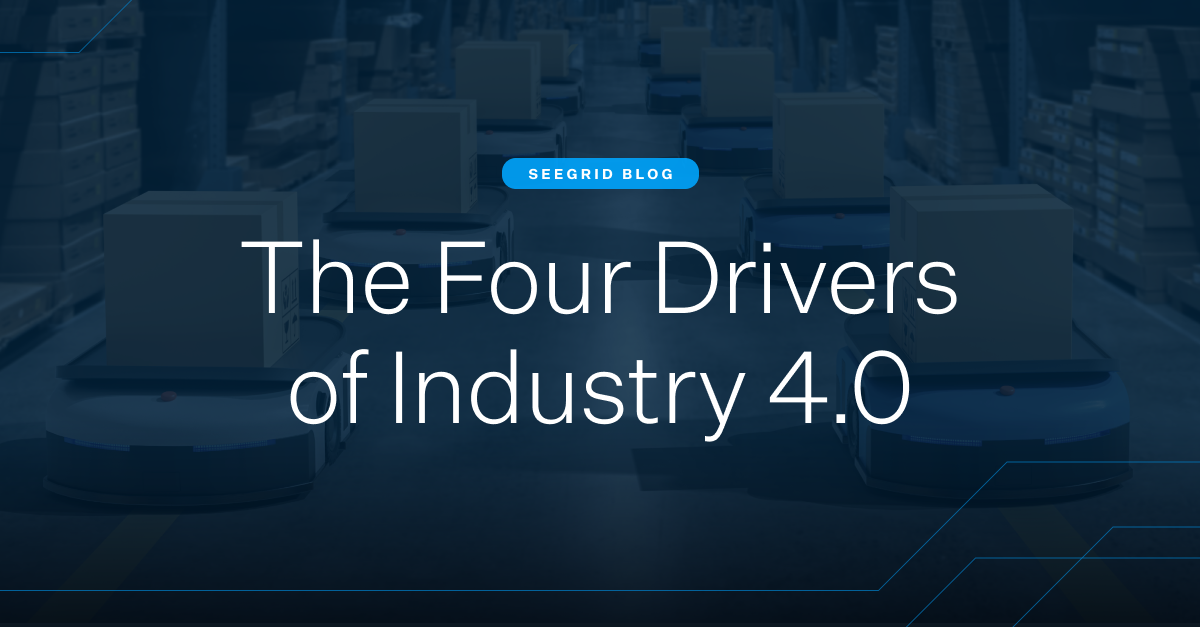This article was originally published in InformationWeek.
Despite the fact that suppliers who are adopting automation technologies have the potential to reap substantial cost savings and increase profitability, some fear that the proliferation of robots in the workforce may cause a decline in the value of human workers, ultimately reducing the number of available logistics jobs.
Although analysts, economists, and leaders in tech are actively debating whether automation will create more jobs than it eliminates, one thing is certain: the supply chain of the future is quickly being reshaped by technological advances. Whether you're an employee entering the workforce or an employer concerned with optimizing your operations, automation will likely play a crucial role in your job and industry in the next 5 to 10 years. Because of this inevitable change to the nature of workforce, employees should do everything in their power to equip themselves with the skills necessary for the next chapter. And, employers should think strategically about how to successfully incorporate automation tech into their workplace. As the story unfolds, here are a few ways both employers and employees can proactively evolve with this new workplace:
Employees should prepare to work in a dynamic environment that requires more than just a single, highly specific task.
A simple web search will produce a multitude of articles speculating on what types of jobs are at highest risk for ‘robotic takeover’. From bookkeepers to truck drivers, certain aspects of any job are easier to automate than others. If you are mechanically following a prescriptive set of specifications to complete a task, it’s likely a robot can perfect that skillset as well. With new automated technologies entering the workforce, humans will be asked to do what the robots can’t, bring interpersonal, strategic, and creative value to the job. A robot might be able to perform some of the routine, predictable parts of your daily routine — regardless of your profession — so identify those tasks and ensure you’re actively seeking additional training and responsibility if possible. Equipping yourself with a variety of skill sets that are not specific to a particular talent or task will likely open the door to more sustainable and fruitful career opportunities.
Employees must hone soft skills to better sync with the robots and automated technologies with which they will work.
The more traditional networking skills that have gone out of vogue with the rise of digital communication are coming back in importance in workplaces where humans and machines regularly interact. This is why billionaire tech entrepreneur Mark Cuban recently estimated that a degree in philosophy will be more highly valued in the market than a degree in computer science. Cuban said, "Knowing how to critically think and assess...from a global perspective… is going to be more valuable than what we see as exciting careers today which might be programming or CPA.”
While science, technology, engineering, and math (STEM) knowledge will continue to be a key underlying component of any business, the refinement of communication, theoretical analysis, and abstract thinking skills typically associated with liberal arts educations will serve the employees in those workplaces well by enabling them to move both laterally and vertically in the organization as workplace needs evolve.
Employers should incentivize employees to innovate with automation at the system level, in addition to their individual job roles.
Seegrid recently conducted a survey of logistics managers, measuring the state of automation in major supply chain companies, which found that over half of industry insiders said they're planning to invest upwards of $1 million on automation in 2018. The top areas that companies with supply chains are looking to automate include the movement of parts to the assembly line (36.7%) and inbound to putaway (31.7%), both of which are suffering from a shortage of workers to fill the necessary jobs. In this tight labor market, automation is playing a critical role in helping to fill the needs of an increasingly streamlined supply chain.
Hybrid automation workplaces — where humans work alongside robots — are becoming increasingly common. With more automation in the supply chain, employees will need to help shape the automated processes instead of just executing them themselves. The most successful companies will be those that incentivize their employees to strategize ways to streamline and improve processes, rather than simply functioning as part of them.
Employers must provide career development opportunities to improve operations and advance workers to higher-level job functions.
Although jobs that are pigeonholed into a single role could become less valuable over time, jobs that shape organizational systems (like Chief Optimization Officer) will increase in importance as automation continues to grow in prevalence. Employers can equip their workforces to excel in these new roles by providing on-the-job training and workplace education programs to help employees rapidly adapt to the new normal in terms of workplace job requirements. Helping employees transition to this style of work is not only good for business ROI, but is also beneficial for the employees that are given more authoritative responsibility in their roles.
While robotics and autonomous industrial vehicles in factories may seem like an unprecedented change to the supply chain, new technology has served as a great disruptor for centuries. Just as we did with the printing press and the internal combustion engine, we will adapt to these new technologies. By recognizing the new landscape and evolving with it, employers and employees can be a part of an unprecedented style of supply chain management that is safer, more efficient, and more beneficial to humans than ever before.






